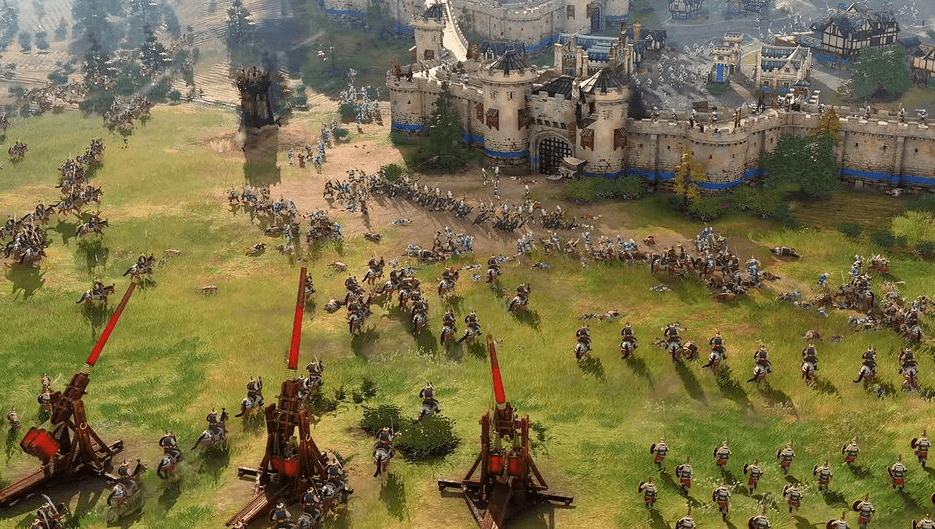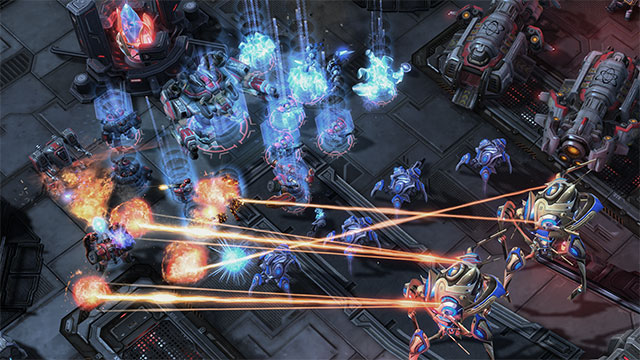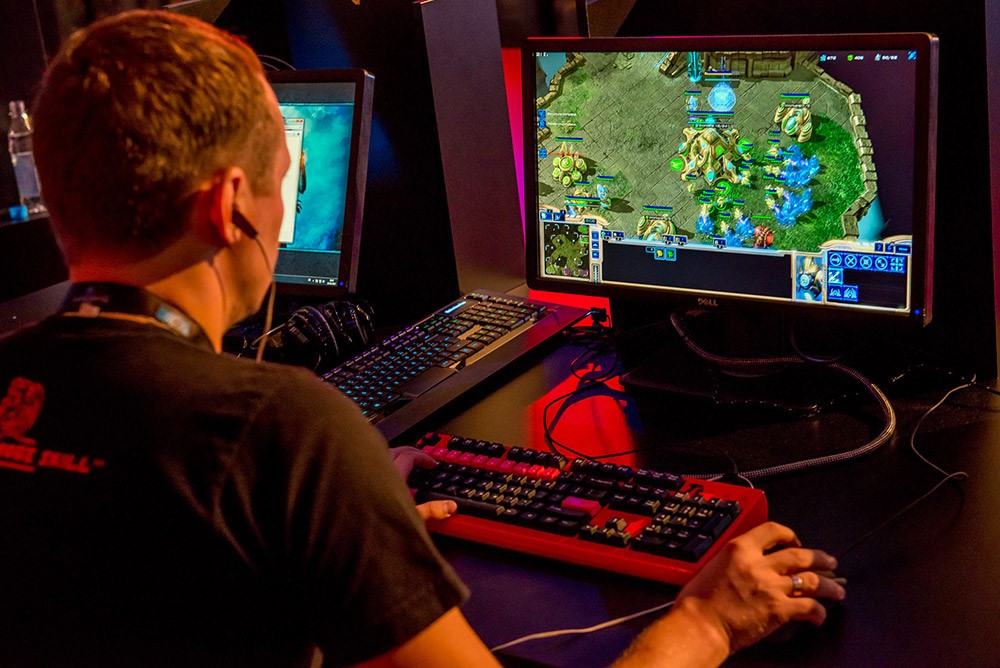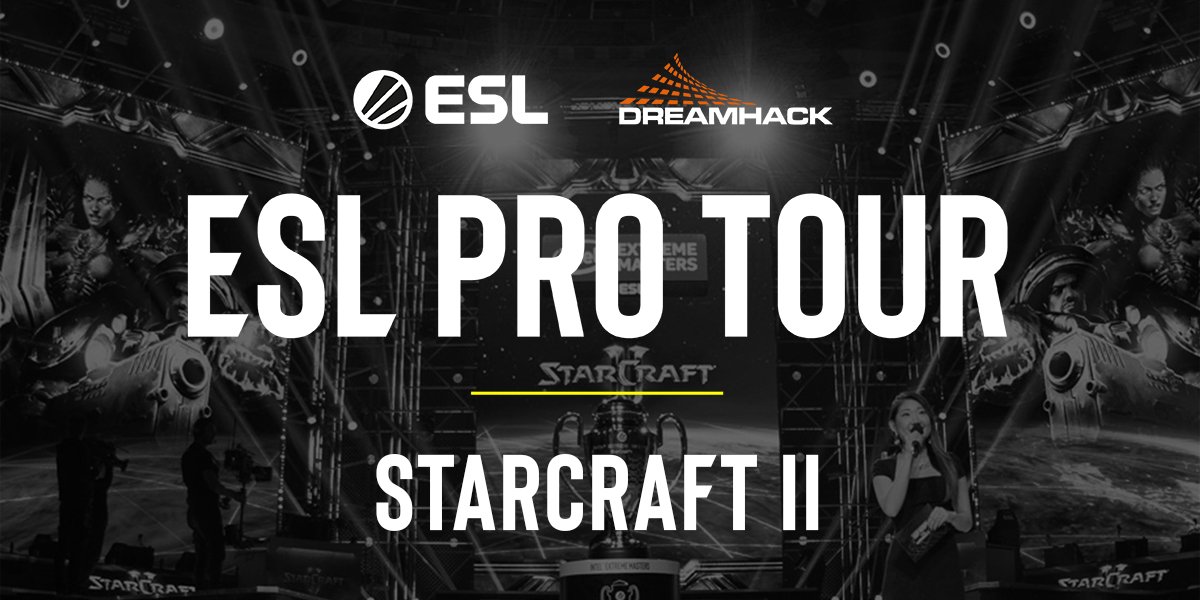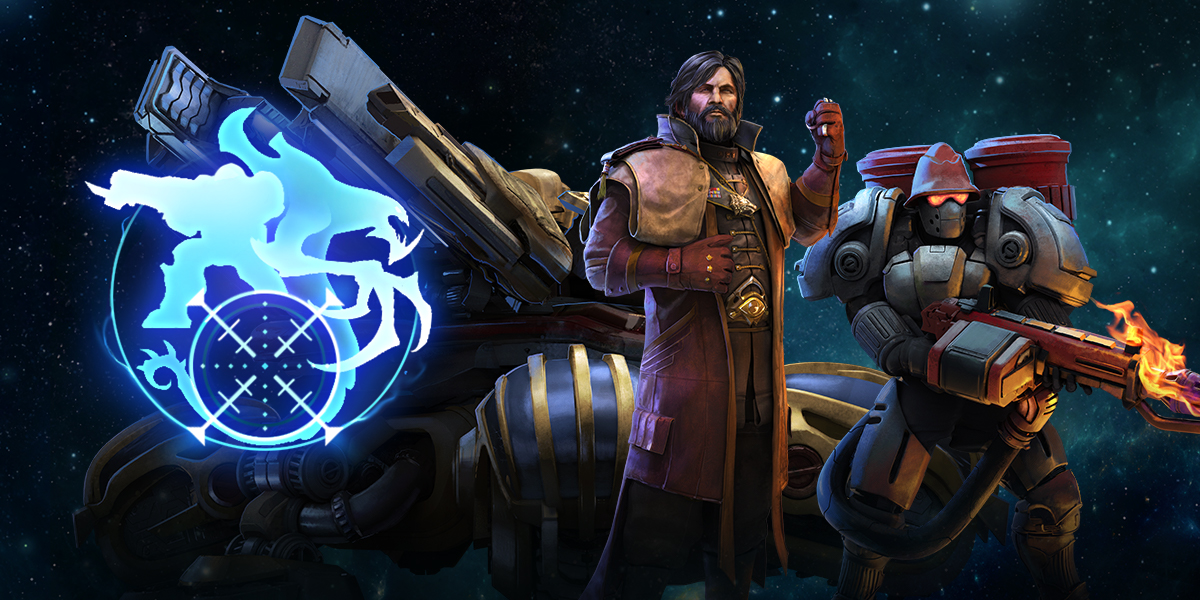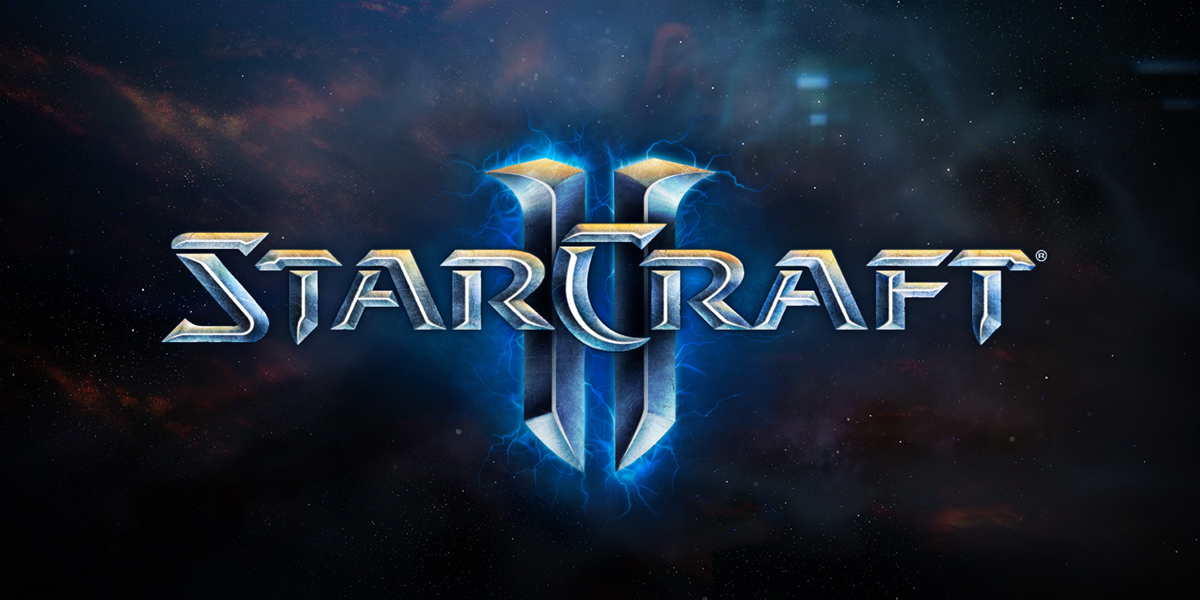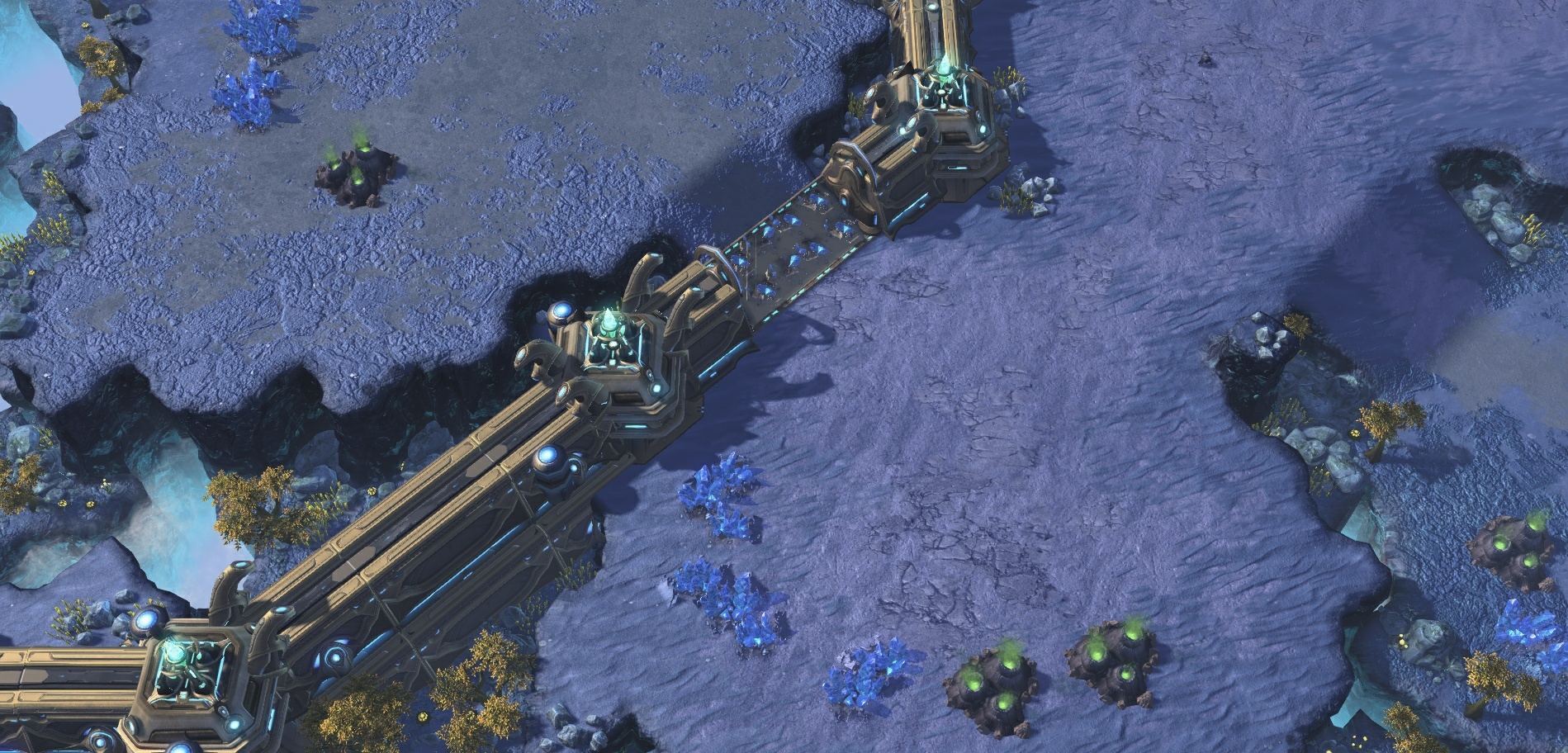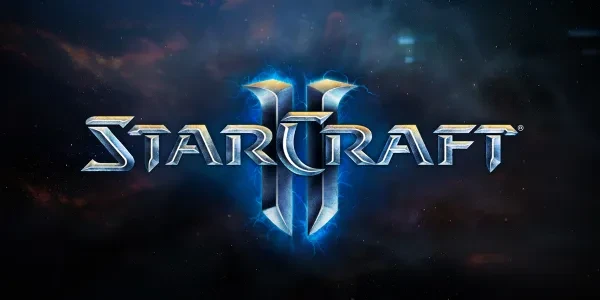
Starcraft 2 Best Race - What To Pick?
Getting into Starcraft 2? Trying to decide which race to start with? Look no further --- This guide will take you through every race's strengths and weaknesses, and what kind of player should play it.
3. PROTOSS
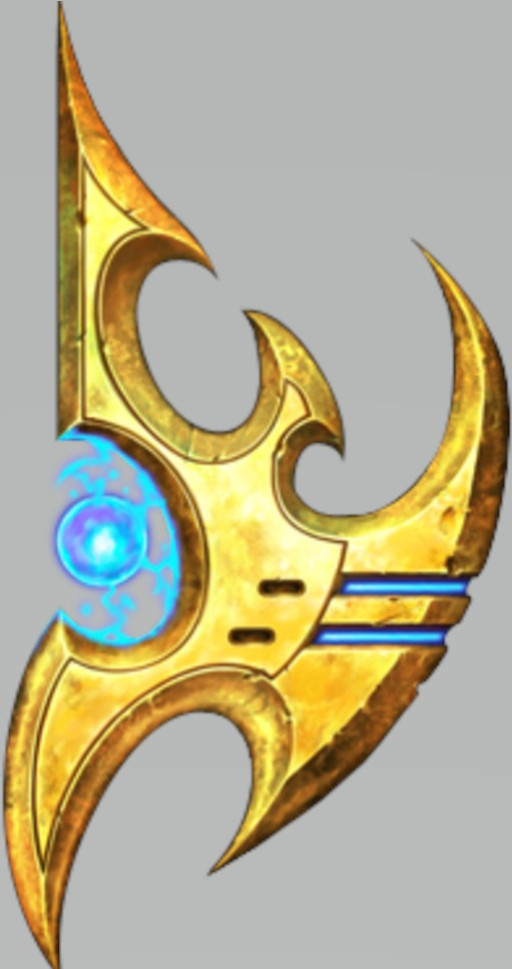
Protoss is the slow, technical race, controlling a relatively small part of the map, but pushing inexorably from its solid foundation. Protoss armies generally require the most control --- Sentries need to deploy precise Forcefields, Disruptor shots need to be aimed, and Stalkers have to be Blinked back and forth for the Protoss army to function at its best. But for those with the patience to master each piece, Protoss offers unmatchable sturdiness, expressive micro techniques, and a massive toolbox of dirty tricks to catch an opponent off guard.
Top 3 players: Zest, Parting, Trap
STRENGTHS
-
Protoss units are individually the strongest --- one Zealot beats 2-3 Zerglings, one Stalker beats 2-3 Marines, etc.
-
Diverse spellcasters --- Sentries with Forcefield, High Templar with Psionic Storm, Disruptors with Disruptor Shot, etc.
-
Chronoboost allows for precise control over timing attacks and builds.
-
Warp-Ins give Protoss arguably the strongest harassment options of the three races.
-
Between Phoenixes, Void Rays, Oracles, and Tempests, Protoss sky armies are the strongest of the three races.
WEAKNESSES
-
Protoss armies are quite slow, relying on Nexus Recall to get out of sticky situations.
-
Protoss tends to be "technical," meaning requiring a lot of moving pieces to function --- missing Storms or Disruptor shots puts you at a huge disadvantage.
-
Protoss lacks strong base defense, often getting picked apart in the midgame by harassment.
2. BIO TERRAN
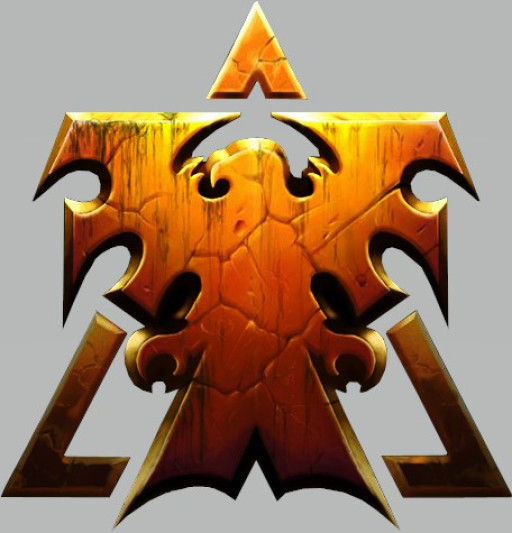
Terran is unique in that it has two wildly different playstyles, bio and mech: "bio" meaning biological, focusing on Terran's biological units, meaning Marines, Marauders, and Medivacs; and "mech" meaning mechanical, focusing on the mechanical units, usually Siege Tanks, Thors, and Hellbats. Bio is the predominant Terran style, so we'll cover that first, and talk about mech in the next section.
Bio Terran is a classic, beautiful composition --- every unit shows off its strength while covering the others' weaknesses. It's capable of smashing certain armies with little micro, but against the correct tech, splitting and positioning are vital. And with the Medivac's ability to load and drop units, harassment fits seamlessly into the bio parade push. With a low skill floor, high skill ceiling, and tons of room for adaptation, I would highly recommend learning bio Terran to anyone new to Starcraft.
Top 3 players: Maru, INnoVation, TY
STRENGTHS
-
Low skill floor --- just building the right units and attack-moving will often win games.
-
Splitting and pickup micro gives the player tremendous room to improvise.
-
Compatible with many different additions --- use Siege Tanks for stability, Widow Mines for mobile damage, or Liberators for area lockdown and air superiority.
-
Drop play allows for easy harassment without losing momentum.
-
Marines and Marauders are relatively cheap, meaning that you can replenish your army quickly.
WEAKNESSES
-
Bio is very momentum-focused --- losing too much infantry or getting pushed back often means giving your opponent a lot of room to breathe.
-
Fragile versus area-of-effect damage --- beware of Siege Tanks, Banelings, Lurkers, High Templar, Colossi, Disruptors, and more.
-
Scales relatively poorly, relying on tech units like Liberators or Battlecruisers to deal with late game threats.
2.5 MECH TERRAN
Mech is the opposite of bio --- where bio is light, fast, and fragile, mech is heavy, sturdy, and slow. Mech compositions rely on a mass of Siege Tanks to obliterate any ground army, using auxiliary units like Thors, Hellbats, and Liberators to defend them and deal with air attacks. A fully-upgraded mech army is all but unstoppable, but getting there requires a lot of time and Vespene Gas. The mech player's job is to weather the harassment of their opponent for long enough to build an unstoppable killing machine.
STRENGTHS
-
As mentioned, the ideal mech composition is virtually unbreakable.
-
Relatively low micro requirement --- an entrenched mech army doesn't need any babysitting.
-
Map control is largely unnecessary, as long as the mech player can secure 3-4 bases.
-
Because mech is less popular than bio, many players lack practice in responding to it.
-
Low mineral requirement means that you can spend lots of Orbital Command energy on Scanner Sweeps.
WEAKNESSES
-
Few options to pressure an opponent. Hellion runbys and Banshee/Liberator harass are okay, but easy to repel.
-
Mech will be on the back foot for most of the game, responding to the opponent and mitigating losses.
-
Losing a mech army is disastrous --- the resource requirements for rebuilding are so huge that losing one army most likely means losing the game.
-
Despite the low micro requirement, mech requires an impeccable understanding of positioning to function --- any misplaced units are likely to be picked off, and losing even a few units is severe.
1. ZERG
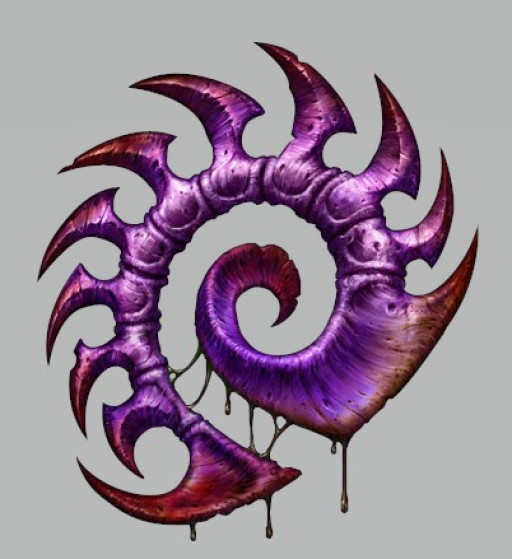
Finally, we have Zerg, possibly the strongest race at the moment (though not by that much), and your author's main race. Zerg's unique larva-based economy gives it the most potential to grow huge and take over the map, but its units' individual weakness means that Zerg is usually disadvantaged in the early game. The classic Zerg style is to expand quickly, absorbing the opponent's early pressure, before leveraging its massive economy to overwhelm its opponent with sheer numbers.
Modern Zerg play has more options for efficiency and aggression; the recent addition of the Lurker means that Zerg can hold positions much more effectively, and the rise of Nydus play gives Zergs an option for midgame attacks. But the foundation of Zerg is its exponential growth and corresponding army size --- if overwhelming your opponent with volume sounds appealing, then Zerg is the race for you.
Top 3 players: Serral, Dark, Rogue
STRENGTHS
-
The larva mechanic allows Zerg to grow much faster than the other races, eventually producing dozens of units at a time.
-
Spreading creep and Overlords give Zergs easy vision and map control, forcing the opponent to try to contain it.
-
With lightning fast units, Zergs can both attack and defend spread-out bases easily.
-
Zerg can change tech paths more easily than any other race, often catching an opponent with an unfavorable composition.
WEAKNESSES
-
Zerg's early game is arguably the hardest in the game, requiring pinpoint "just enough" defenses to be viable.
-
Zerg also has few options for early pressure aside from Zergling runbys.
-
Zerg armies tend to lose in straightforward engagements, relying on clever angles and distractions to survive.
-
Despite having the largest potential economy, Zerg bases can be difficult to hold; Zergs require constant re-expansion, and containment play is a nightmare scenario.

